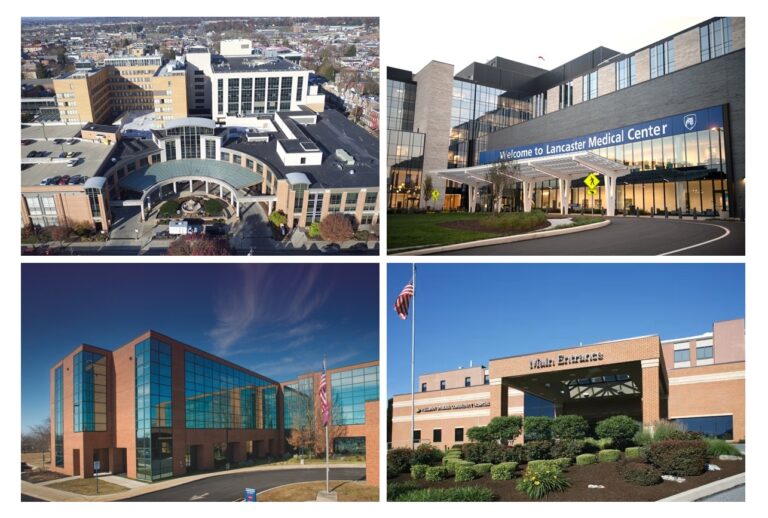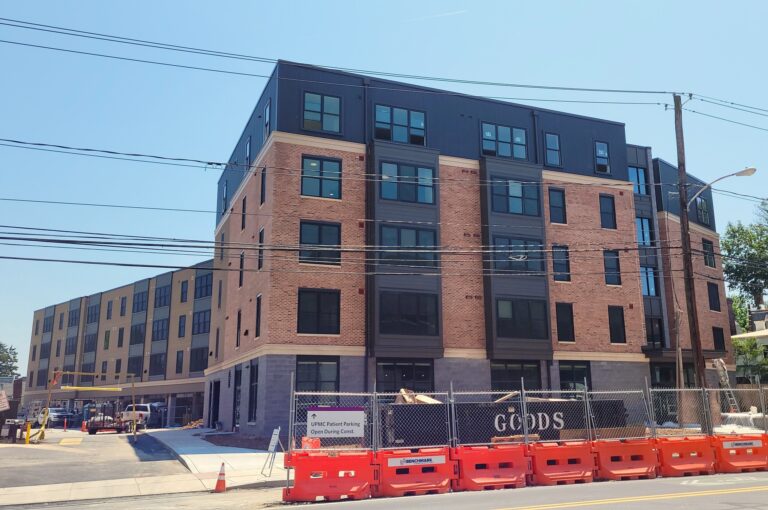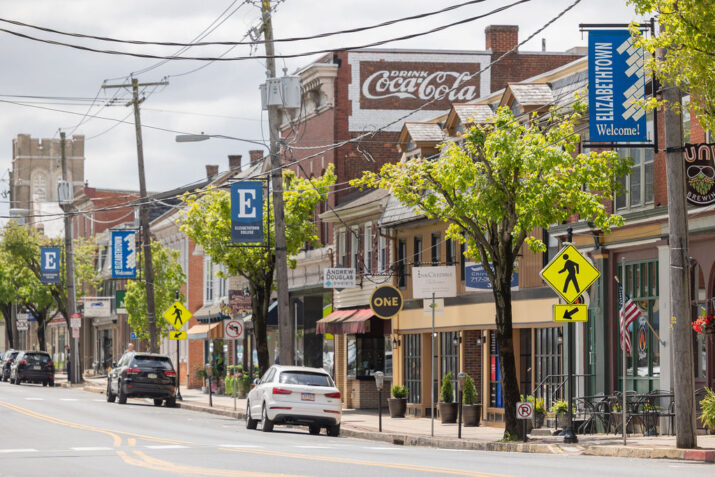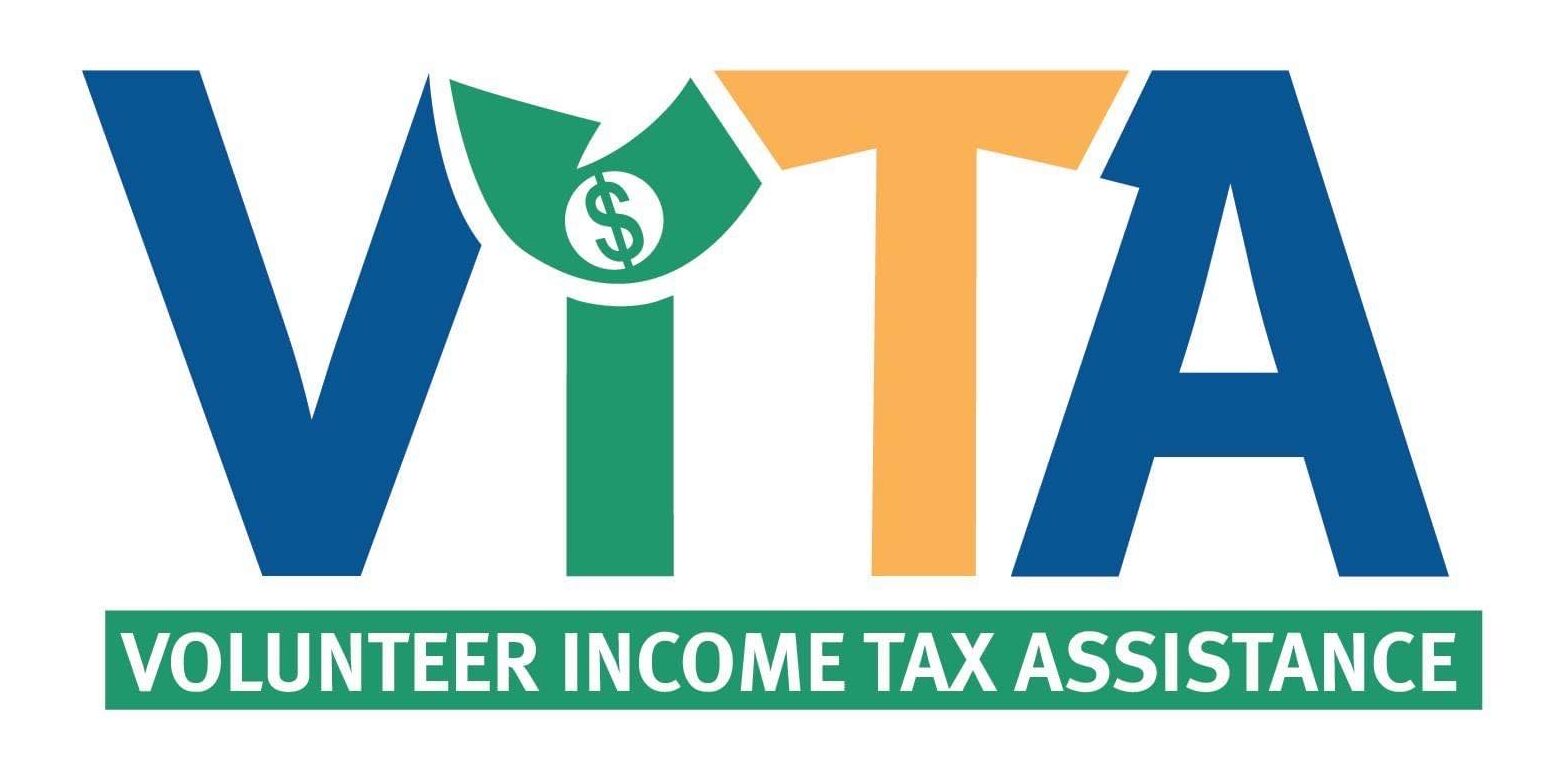By Tim Stuhldreher in partnership with The Lancaster County Community Foundation
June 9, 2025
Our unique role as a community foundation allows us to hear directly from organizations on the front lines to learn first hand how federal actions are impacting us here in Lancaster County. To help connect our shared community with accurate information, we reached out to a variety of organizations to understand how cuts to federal support may impact employees and businesses throughout Lancaster County.
The nonprofit sector plays an essential role in our local economy.
Like other organizations, they spend money on goods and services. Their employees earn wages that are largely spent locally. Some nonprofits play direct roles in economic development, building projects or providing resources for others to do so. Others steward cultural and historic landmarks that draw tourists. And by helping families through tough times, social service nonprofits sustain household spending, maintain and enhance workforce capacity and promote economic stability.
How large is Lancaster County’s nonprofit sector?
The U.S. Bureau of Labor Statistics shows 766 nonprofits registered here as of 2022, the most recent year available. They employed 30,757 people, accounting for 13.4% of total county employment, and had a payroll of nearly $1.9 billion.

The lion’s share of that comes from nonprofits in health and human services: healthcare providers like the county’s four health systems and social service agencies like Water Street Mission and Community Action Partnership of Lancaster County. The sector accounts for nearly four out of five nonprofit jobs.
It also accounts for an outsized share of economic impact: The four acute care hospitals in Lancaster County took in $1.8 billion in revenue in 2023, according to the Pennsylvania Health Care Cost Containment Council, the equivalent of just under 6% of that year’s county GDP.
How does federal spending support local nonprofits?
In 2021, 258 Lancaster County nonprofits received $180 million in federal grants, according to data compiled and analyzed by the Urban Institute.
By comparison, that’s nearly two-thirds more than the ExtraGive, the countywide one-day giving event organized by the Lancaster County Community Foundation, has raised since its inception in 2012. It’s more than 10 times the ExtraGive’s biggest annual total, the $15.8 million raised in 2021.
Nationwide, nonprofits received more than $267 billion in federal grants in 2021, the Urban Institute found. Without it, most would be unable to cover their expenses, the Urban Institute said.
Withdrawing federal funding from Lancaster County nonprofits would leave them with an average operating deficit of around 5.6%, the Urban Institute calculated — a gap they would have to fill through more intensive local fundraising, or by cutting services.
Could local donors offset those shortfalls?
Lancaster County’s businesses, foundations and individual donors are remarkably philanthropic. Per capita, the ExtraGive is among the top one-day giving events in the country. Is it reasonable to think donors could routinely double or triple their already generous giving?
“It’s a math problem. It doesn’t add up,” Community Foundation President & CEO Sam Bressi wrote in an op-ed published April 13 in LNP.
Heather Valudes is president & CEO of the Lancaster Chamber. Businesses are facing increased uncertainty these days, she said, so they are being prudent, limiting expenses and bolstering their cash reserves.
Given that reality, “the idea that somehow they would (also) be able to do philanthropic support at the level that would be needed if federal dollars were removed, those two things can’t go hand in hand,” she said.
How do nonprofits promote economic development?
Some nonprofits engage directly in development projects. HDC MidAtlantic, a nonprofit that builds and manages affordable housing, has 25 properties totaling 1,300 units in Lancaster County.

This summer, HDC is wrapping up Phase 1 of The Apartments at College Avenue, a $23 million project. The Susquehanna National Heritage Area, which comprises Lancaster and York counties, is planning to invest some $60 million in a state-of-the-art visitor center and related infrastructure.
The county’s major senior living communities are nonprofits. Their sector is growing and many are expanding their facilities. A notable example is Mosaic, a 146-unit high-rise that Willow Valley Communities is preparing to build in downtown Lancaster. It would be the county’s tallest building, with a rough estimated cost of $150 million. Once built, Mosaic will generate $12.1 million a year in economic activity, a study estimated.
Then there are catalytic nonprofit financial institutions such as “CDFIs” — community development financial institutions. They provide startup capital and technical assistance to entrepreneurs. They are particularly valuable for first-time and “mom-and-pop” entrepreneurs, who may not have the track record or collateral needed to secure financing from for-profit banks. Lancaster is home to two CDFIs: Finanta (formerly Community First Fund) and ASSETS.
How would the federal spending changes affect nonprofits’ economic role?
For nonprofit developers like HDC MidAtlantic, proposed cuts to U.S. Housing & Urban Development funding could make it significantly harder to finance projects. Moreover, for-profit and nonprofit developers alike are contending with price increases and uncertainty resulting from the administration’s tariffs. (These issues will be discussed in more detail in a future article.)
Leaders at Finanta and ASSETS say cuts proposed in the federal FY2026 budget would reduce their CDFIs’ ability to support local small business.
Both CDFIs issue loans backed by the U.S. Small Business Administration, and ASSETS receives an annual SBA grant of around $150,000 to fund its Women’s Business Center. Both have received grants from the CDFI Fund, an arm of the U.S. Treasury, to boost their lending capacity. In 2024, Finanta received $5.5 million in two awards, while ASSETS received $114,967.
The White House’s proposed budget would cut the SBA’s budget by 33%; among the cuts is the funding for ASSETS’ grant. The budget would also end funding for SCORE, formerly “Service Corps of Retired Executives,” a nonprofit business mentoring program. (It has an office in Lancaster serving Lancaster and Lebanon counties.)
The budget calls for eliminating discretionary CDFI Fund grants altogether; the administration objects that they have gone to “woke” programs for racial equity and combating climate change.
ASSETS’ SBA grant accounts for about 10% of its total budget. It would really “wallop” the organization if it were cut, ASSETS’ President & CEO Jaime Arroyo said. (Editor’s Note: Arroyo is also a Lancaster City Council member and the Democratic nominee for mayor.)
Losing federal funding resources would significantly hamper Finanta’s ability to spur economic revitalization in Lancaster County, President & CEO Daniel Betancourt said.
“There are real-world consequences when we dismantle federal programs,” he said.
How would that affect the broader community?
People don’t realize the extent of financial and consulting support that is available to entrepreneurs, Arroyo said, and how often it’s the difference between a business failing or succeeding.
When you help a business to scale up, Arroyo said, “that goes on to create local jobs and keeps dollars here.”

Small businesses are the lifeblood of the local economy, Valudes said: 70% of the Lancaster Chamber’s member businesses have 25 employees or fewer.
One of the things people love about Lancaster County, she said, is its many homegrown enterprises. For many, an essential component of their success was the financial support and knowhow provided early on by organizations like SCORE, ASSETS and Finanta.
“They bring that richness we have within our communities across Lancaster County, because they’re helping entrepreneurs get off the ground,” Valudes said. “I think the community looks really different if you don’t have that.”
This article was originally posted by the Lancaster County Community Foundation as a part of their Federal Action, Local Impact article series. To learn more about this initiative, visit their website’s New’s & Events page.





